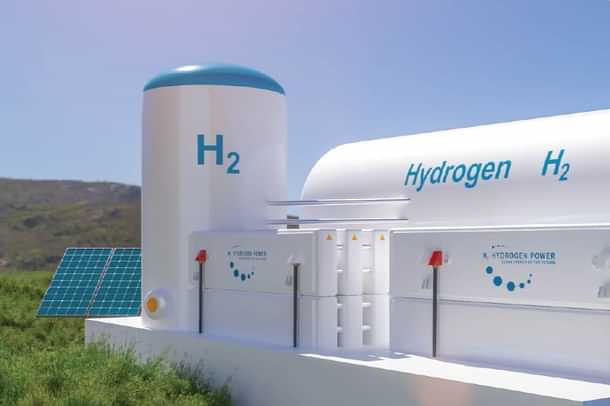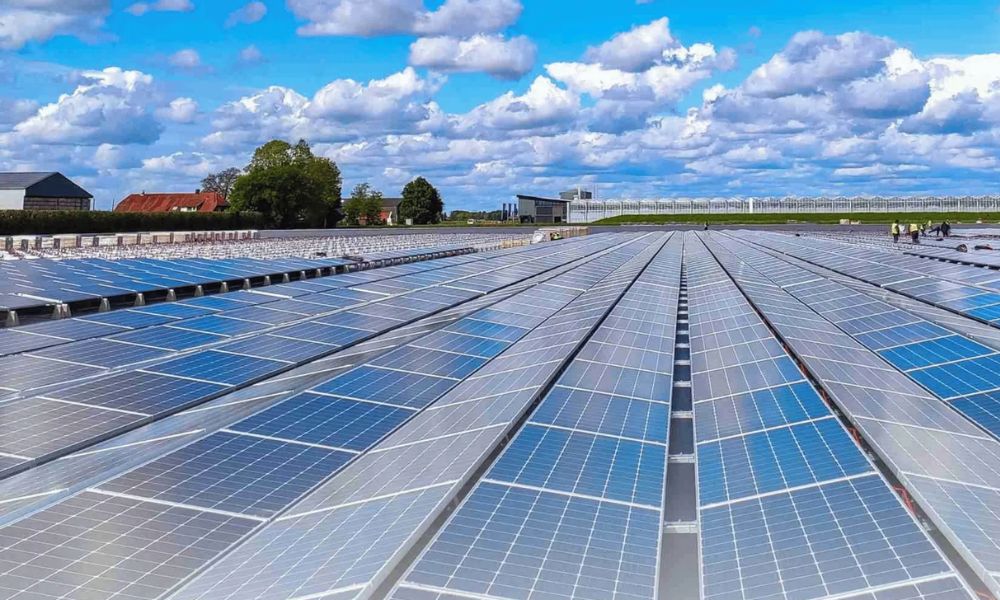India’s quest for sustainable energy solutions on a global scale has brought green hydrogen to the forefront, offering a range of challenges and opportunities. As India works towards achieving its ambitious renewable energy goals, it becomes crucial to comprehend the cost dynamics of green hydrogen plants. It has been estimated that the outlay of green hydrogen production transition will achieve an outlay of ₹ 17,490 crore by 2029-30.
Grasping the intricacies of green hydrogen plant costs is crucial for effectively navigating India’s energy transition. India can tap into the full potential of green hydrogen and lead toward a cleaner and more sustainable future by addressing infrastructure challenges, embracing technological innovations, capitalizing on economies of scale, and creating supportive policies.
This blog delves into the various factors that influence the cost of these plants in India.

Factors Influencing Green Hydrogen Production in India
1. Investing in infrastructure
Solid infrastructure is essential for green hydrogen production. Significant investments are necessary to effectively utilize electrolysis, which involves separating water into hydrogen and oxygen using renewable energy sources. The initial outlay of this production project is set to be ₹ 19,744 crore, including an outlay of ₹ 17,490 crore.
Infrastructure development in India can be intricate, with the added challenge of ensuring access to renewable and water energy sources. The integration of storage and distribution systems also contributes to the overall cost increase.
2. Supply chain integration
Integrating supply chains plays a crucial role in determining the costs of green hydrogen production in India. An efficient supply chain is crucial for procuring the necessary raw materials, components, and equipment for electrolysis processes and other operations. However, establishing such an infrastructure in a developing market like India can be particularly challenging.
Supply chain challenges often involve acquiring top-notch materials and components, managing transportation logistics, ensuring timely project delivery, and dealing with fluctuations in commodity prices that impact production costs. We can tackle these obstacles and enhance our cost efficiency.
3. Technological advancements
Technological advancements significantly impact the expenses of Green hydrogen production in India. The development of electrolysis technologies has led to improved efficiency and reduced production costs. However, balancing embracing advanced technologies and cost considerations is a significant challenge in a rapidly developing market such as India. Therefore, successful adoption necessitates meticulous strategic planning involving industry stakeholders and policymakers.
4. Scale matters
The production scale is a crucial factor in determining the cost-effectiveness of green hydrogen plants. More extensive facilities often enjoy the advantages of economies of scale, resulting in lower production costs per unit of hydrogen. According to IndiaMART, a green hydrogen injection plant for cement plants costs ₹25,00,00,000 per project. Expanding operations poses the challenge of finding the right balance between scale and financial feasibility for driving growth in India’s green hydrogen sector. This requires substantial initial investments from investors and policymakers.
5. Support and incentive packages for policies
Government policies and incentives have a significant impact on the cost dynamics of green hydrogen plant production. In India, there are various initiatives Like Pilot Projects that include outlays for low carbon steel projects, mobility pilot projects and shipping pilot projects as well as target areas like decentralized energy applications. Also, Green Hydrogen Hubs involve identifying regions capable of supporting large-scale production and utilization of hydrogen as hubs. More initiatives are Strategic Interventions for Green Hydrogen Transition which include the mission has developed two financial incentive mechanisms with a budget up to 2029-30. These mechanisms include incentives for manufacturing electrolysers and producing green hydrogen. These initiatives aimed at promoting the development of renewable energy projects. These include production-linked incentives and subsidies and regulatory frameworks that encourage private sector participation and provide long-term market visibility.
6. Incorporating Renewable Energy Sources
India benefits from ample resources in solar and wind power, which are critical factors in the production of green hydrogen. Efficiently utilizing them necessitates substantial investments in infrastructure and technology. However, fluctuations in renewable energy prices can impact overall production costs.
Final Thoughts
Despite the initial Green hydrogen production in India cost challenges, there is optimism surrounding India’s future in green hydrogen. We expect costs to decrease gradually with continuous technological progress, favorable policies, and increasing economies of scale. In addition, with the increasing global demand for green hydrogen, Indian manufacturers and developers can benefit from economies of scale as the demand continues to grow worldwide. Collaboration among government, industry, and investors is crucial to unlock the full potential of green hydrogen and expedite India’s shift towards a more sustainable energy future.
Frequently Asked Questions
-
What is green hydrogen, and why is it important?
Green hydrogen is produced using renewable energy sources through electrolysis, offering a clean alternative to fossil fuels and helping reduce carbon emissions. -
What are the major costs associated with green hydrogen production?
The primary costs include infrastructure development, electrolysis technology, supply chain logistics, renewable energy integration, and storage and distribution systems. -
How do government policies support green hydrogen production in India?
India provides incentives like production-linked subsidies, pilot projects, and financial mechanisms to promote large-scale green hydrogen production and utilization. -
How can technological advancements reduce green hydrogen costs?
Innovations in electrolysis, energy efficiency, and storage solutions can help lower production costs, making green hydrogen more competitive with fossil fuels. -
What role does renewable energy play in green hydrogen production?
Solar and wind energy power the electrolysis process, but fluctuations in renewable energy availability can impact production efficiency and costs.
Share:
Explore More
Keep up-to-date with the most trending news stories that are shaping the world today.







